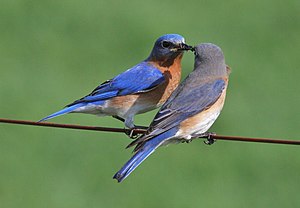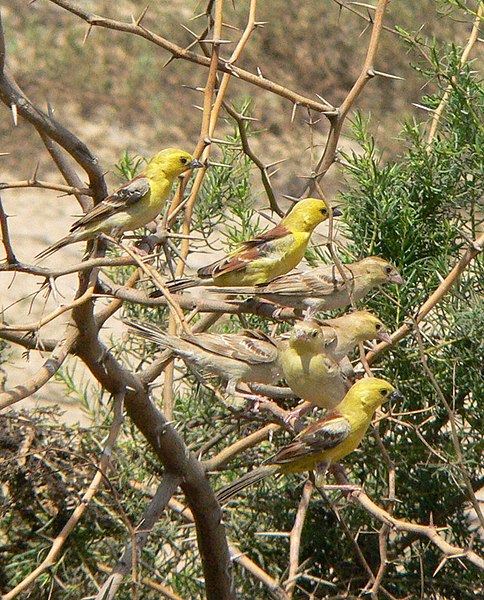These so called black headed gulls are actually more a chocolate brown colour. For most of the year they have a white head but are definitely not sea gulls.
Black headed gulls are sociable, quarrelsome, noisy birds.




Some of the most interesting new products are those formulated to attract specific types of birds. I’m particularly enthused about Suet to Go Pellets, which provide the benefits of a vital cold weather bird food without the mess of trimming fat from meat.




The stamp, which all waterfowl hunters age 16 and older must possess, is produced by the U.S. Fish and Wildlife Service and will go on sale in late June for $15. The stamps also allow free admission to any public national wildlife refuge.
Purchase of the stamps, also prized by philatelists, birding enthusiasts and conservationists, helps to support migratory bird habitat, raising about $25 million annually to fund the acquisition and preservation of wetlands for the National Wildlife Refuge System. Since 1934, sales of Federal Duck Stamps have helped to purchase nearly 6 million acres of wildlife habitat for the system.



Food is the most essential element to providing birds with the energy, stamina and nutrition they need during the winter months. To stay warm, birds will expend energy very quickly, some losing up to 10% of their body weight on a cold night.



By October most Eastern Bluebirds have completed a molt to replace old feathers with new. The tips of the new body feathers are brown and make all the bluebirds appear a bit duller in the winter. However, young bluebirds can still recognize their family just like we recognize our family members. They tend to stay together and join other bird families to form winter flocks. These flocks can be as large as 100 birds but typically range from 5 to 20 birds. Then in the spring, the young will move from the parental territories eventually to another location before choosing a mate. This is called natal dispersal and reduces the chances of inbreeding.

Backyard birds have a distinct social life. They build the most artistic and best equipped home. They entertain extensively and have many social gatherings. Their family life is exceptionally moral...though there are a few polygamists among them. Divorce is rare.

The Tufted Titmouse are year-round residents in deciduous or mixes woodlands, gardens, parks, and scrub lands. They range over most of the eastern US, parts of southeastern Canada and are expanding their range northward.



More and more bird species are facing an uncertain future. The RSPB has today [Monday 4 October, 2010] identified the top 100 species in the UK that most need help to maintain their status. Forty of these have been prioritised for immediate action by the RSPB, but the society is today asking for help from government, industry, other charities and the public to provide a future for these birds.

Hailing from Northern and Eastern Africa, Golden Sparrows are closely related to the ubiquitous House Sparrow (Passer domesticus), and indeed have hybridized with this species in captivity. Female Golden Sparrows resemble their common, somberly-clad relatives somewhat in color.

As much as I keep track of the arrival and departure dates of hummingbirds, I never really stopped to figure out the length of time hummingbirds are present in my yard and how long they're in their winter home. What I found surprised me.

Bird sunning is a relatively common behavior, but the exact reasons why birds sunbathe vary. It can help get rid of feather parasites, regulate body temperature or dry off after a bath. Some birds even seem to sunbathe just because they enjoy it! Bluebirds, titmice, doves and other species regularly sunbathe, and birders can help the birds stay safe while sunning by keeping cats indoors and providing a good location for sunning.